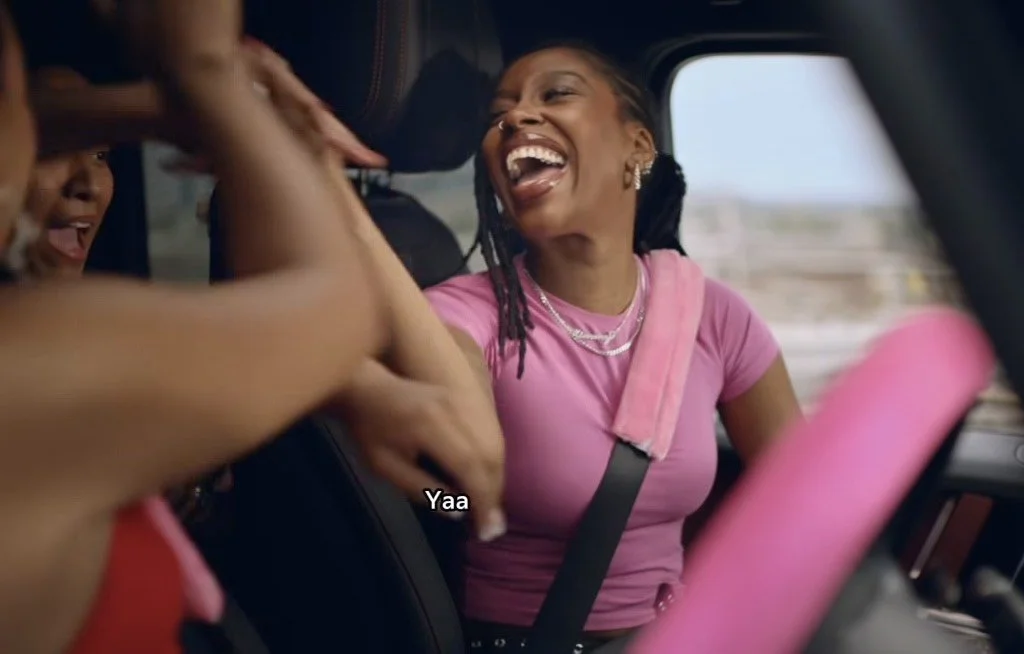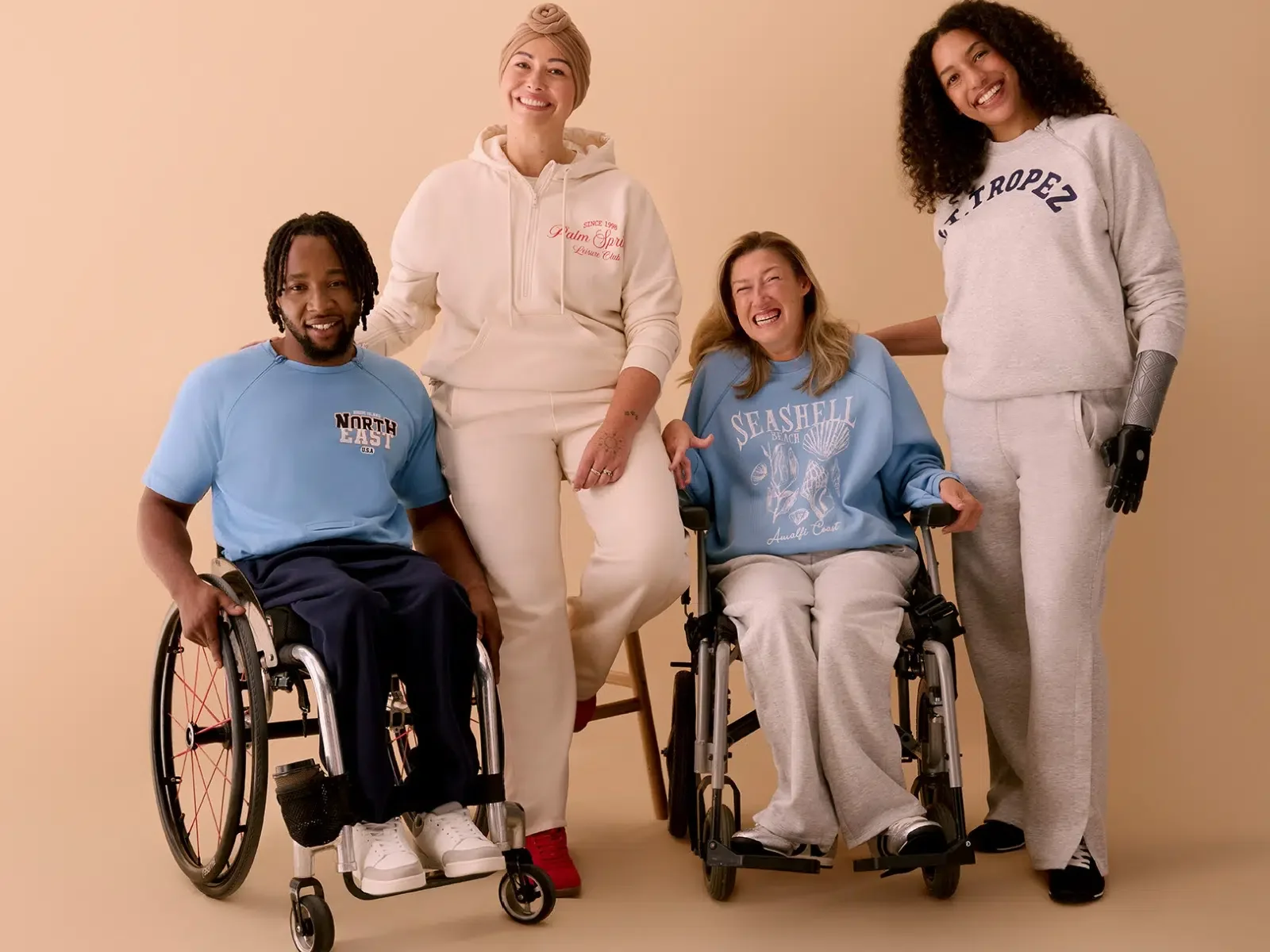Inclusive Marketing Campaigns Watch: Campaigns We’re Loving
Before we get too deep into the Christmas season, we wanted to pause and reflect on some of the campaigns that have transended surface-level inclusion to tell more human stories.
This Girl can
In its first TV ad in five years, This Girl Can made a comeback with its ‘We Like The Way You Move’ campaign, featuring 13 street-cast women moving in ways that reflect diverse, lived experience: community centre aerobics classes, yoga in the living room, garden kickboxing sessions and cycling around the neighbourhood.
What you might have missed is that the ad was accompanied by a study which found that only 40% of people pictured in online sport and activity images are women. And out of the more than 8,500 women shown, only 57 were Black and 64 South Asian, while disabled, older and pregnant women were almost absent.
The This Girl Can ad is a masterclass in representation: it’s relatable, a celebration of movement in all its forms, and crucially features people from underrepresented ethnicities, abilities, and ages. But just how much are these viral ad campaigns translating into real change?
Recent research by Asics showed that the gender exercise gap still remains. We’d love to see how this campaign comes to life with community engagement, going beyond a viral moment to encourage more women to engage in regular movement.
Vaseline
A Vaseline ad from South Africa recently did the rounds on LinkedIn: strikingly simple, yet layered with meaning.
Centred around the phrase “Mntana ka Gogo” (“grandmother’s child”), and followed by the line “Some traditions are not passed down, they’re rubbed in,” the image nods to the rituals and relationships that shape our identity and experiences. It’s a beautiful example of a global brand understanding its local audience — not through tokenism or translation, but through deep cultural truth.
However, what caught our attention was a comment from Rich Miles, CEO of The Diversity Collective, who questioned whether an ad like this would ever make it past a UK agency:
“I showed this Vaseline ad to a group of white marketers. Almost all said they’d flag it — unsure if it might be offensive. When a Black creative director with me explained the deep cultural meaning behind it, the group lit up. They suddenly saw the beauty, the heritage, and even connected it to their own family traditions. They related to it, they loved it.It struck me: would an ad like this ever make it past a UK agency? Or would fear and lack of cultural knowledge kill it before it reached the room?”
This got us thinking about the fear of getting it wrong. Sometimes, people are well-intentioned but lack understanding of cultural nuance. It’s okay not to know the answers, but that’s why it's so important to build diverse teams, both inside and outside your organisation - we’re always on hand to help! The new adage is true: if you want to reach more audiences with inclusive ads, ensure that the audiences you’re speaking to are represented behind and in front of the camera.
Spotify
Spotify’s South London road trip social ad, featuring creators Shelen Zamora, Erica (Rvssian Roulette) and Kimberly Cumberbatch, embodies effortless authenticity.
The ad follows the group as they get ready for a road trip and curate the perfect playlist. It’s funny, warm, and deeply relatable. With over 1 million views and 24.5 likes on TikTok, the video went down a treat - with the lead comment ‘whoever did this casting deserves a raise’ receiving 3.7k likes. People clearly saw themselves reflected (and they wanted the playlist!).
It’s a reminder that inclusive storytelling doesn’t always need a grand message. Sometimes it’s as simple as letting real people show up as themselves.
Asics
64% of girls in the UK will drop out of sport before they turn 16. And one of the biggest barriers? PE kit.
In their ‘The Undropped Kit’ campaign, Asics joined forces with Inclusive Sportswear and mental health charity Mind to co-create a new PE uniform with teenage girls themselves. Focus groups, surveys and a school trial informed the final designs, with pieces made to help girls feel more comfortable and confident participating in sport.
The accompanying video features girls talking openly about what holds them back: “constantly having to pull shorts down”, “uncomfortable waistbands”, “you can see the sweat marks”, followed by visible pride as they show off the redesigned kit: “won’t show leaks when you’re on your period”, “it even has an emergency hair tie”, “you can’t see anything through it.”
It’s an important piece of work, grounded in empathy and collaboration. What would have made it stand out even more is if it featured a more diverse group of girls - with a broader range of ethnicities, body types and abilities. And while we love the concept of the project, it leaves an open question: what’s next? With the potential to make an impact, we’re hoping this pilot won’t stay within a single school.
ASDA
In 2023, ASDA became the first supermarket to offer adaptive clothing designed to support independent dressing for children with specific needs. This September, they extended the range to men’s and womenswear.
The collection features thoughtful details, including feeding tube access, stoma bag pockets, Velcro fastenings, and adjustable waists. Designed, tested and refined by disabled people, the range is adaptive, accessible and affordable, with prices starting at £11 and available for purchase online.
Created in honour of breast cancer campaigner Nicky Newman, who shared an open call to brands to partner on an adaptive clothing range and was shown samples just days before passing away, the collection is not only a testament to her, but to inclusion done right. Apparently, the collection took two years to launch as design teams wanted to gather as much feedback as possible to ensure their products were genuinely comfortable and suitable for as many conditions as possible. It’s this thoughtful, practical approach that centres real needs that makes this campaign a win for us.
Looking ahead
Each of these campaigns takes a different approach to inclusion, from co-creation to cultural storytelling, but they all start from a place of genuine engagement and understanding. They show us that inclusive marketing isn’t about representation for representation’s sake. It’s about listening, learning, and reflecting on people’s reality in ways that feel true.





